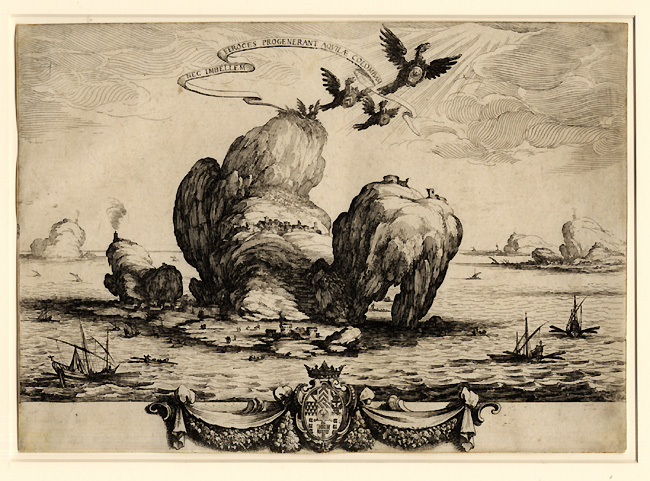Bizarre
- Lepic, Ce qui Restait du Puissant Guillaume de Naillac
- Claeaz, Dancers with Death
- Anonymous American, A Naked Man and Horse
- Klinger, Amor, Tod und Jenseits (Love, Death and the Hereafter)
- Surugue, La Folie pare la Décrépitude
- Legros, La Légende du Bonhomme Misère : La Mort dans le Poirier
- Rops, L’Enlèvement
- Sadeler, Allegory of Opulence, Fornication and Stupidity
- Mohlitz, La Vierge aux Étrons (The Virgin of Turds)
- Legrand, Épaves de Famille (Oddballs of the Family)
- Jacquemart, L’Écurueil (sic)
- Benassit, L’Absinthe!
- de Bry, Punishment of the Mutinous Indians
- Goncourt, Le Singe au Miroir (The Monkey at the Mirror)
- Callot, Les Martyrs du Japon
- Dillon, Les Mendiants (The Beggars)
- Barberis, The Witch
- Budzinski, The Thirsty Giant
- Meryon, Le Ministère de la Marine
- Torre-Bueno, Death’s Arrival
- van Meurs, Animals of America
- Redon, Félinerie
- Chagall, Le Vixe
- Martin, Indécision (Tête de Femme)
- Rops, Le Calvaire
- Rops, Les Frères de la Bonne Trogne
- Gillray, Tentanda via est qua ve quoque possim Tollere humo
- Underwood, Simian Ecstasy
- Veber, Beheaded!
- Strang, Death and the Ploughman’s Wife: Frontispiece
- Corman, The Temptation of Saint Anthony
- Bliss, Gargoyles Spouting
- Castellón, Of Land and Sea
- Eichenberg, Isaiah 11
- Rops, L’Idole (The Idol)
- Master MZ, Aristotle and Phyllis
- Bracquemond, “Hors de mon soleil, canailles!"
- Spare, Nemesis
- Higgens, Forgotten
- Anonymous, Jewish Amulet to Protect Mother and Child
- Daumier, Une Expérience Qui Réussit Trop Bien
- Seligmann, Le Roi du Charbon (King Charcoal)
- Braun, The Release of Force
- Callot, Le Grand Rocher
- Forest, Bâstard Foetus Hérédité, Comte D’Averton Mort-Né
- Jacque, La Souricière
- Veber, “Ah! Qu’il fait chaud"
- Pastelot, Les Sorcières
- Lepic, Le Verger du Roi Louis (The Orchard of King Louis)
- Grandville, Résurrection de la Censure
- Tidemann, The Earth Swallows Up the People of Korah
- Shields, The Descent
- Redon, C’est le diable
- Sadeler, Ita Erit et Aventus Filii Hominis
Le Grand Rocher
Etching, 1623, 195 x 276 mm., Lieure 512 only state. Superb impression on laid paper with the watermark of interlaced “C”s, trimmed on the platemark but complete. The image of a huge and oddly formed rock rising from the sea is a pictorial tradition dating back at least to the earliest years of the sixteenth century. But perhaps no artist has carried the idea as far as Callot, where the rocks (there are several in this print) not only support fortresses and whole villages, but a nest of impossibly gigantic and fierce eagles, the whole amounting to not merely a fantastic landscape but an allegory of belligerence. The Latin motto on the banner might be rendered as “Nor can combatants, like savage eagles, produce a dove.” Just what might have happened shortly before 1623 to inspire such an artistic statement from the nominally anti-war Callot remains something of a mystery, but one of the eagles bears a shield with the arms of Charles Joseph de Tornielle, Comte de Brion, who was the ambassador to Spain of the Duke of Lorraine in 1622. The coat of arms at the base shows the Brion shield surrounded by those of families, notably Bassompierre, allied with him. The work then hints of political and social rivalries. The great seventeenth-century collector Mariette wrote that the print was rare but one of Callot’s most beautiful. In a great, early impression, it is certainly striking, not to say bizarre.
| $5,500.00 |
